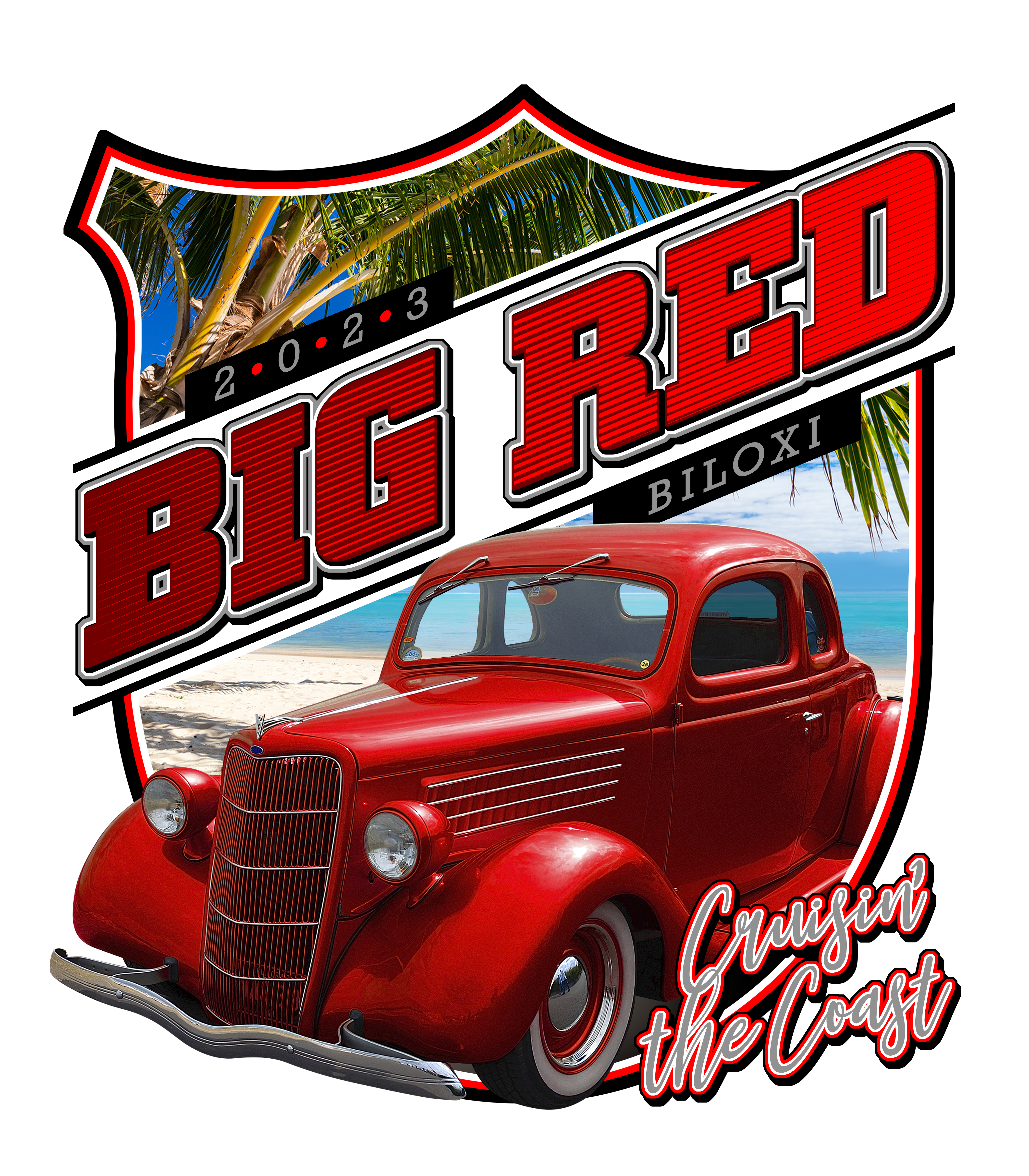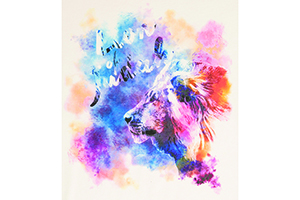September 14, 2015
The hoodie is a common staple among customers, especially those ordering custom athletic team apparel. The comfort, warmth and printability of this style have made it one of the most sought-after items for fans, competitors and coaches.
But even with the hoodie’s great qualities and unique appeal, it still can be problematic for many screen printers. The thicker fabric surface, coupled with the hood, pockets and heavy seams or zippers, can challenge even the most experienced printers when a customer requests complex artwork or unique printing locations. Making hoodies easier to print from start to finish requires a combination of art, screen and production methods that minimize the potential problems that fleece items typically present.
BRAND MATTERS
One topic that is worth consideration before discussing hoodie decoration is how the fabric surfaces of different brands can affect the printing and, therefore, the results. It is a common assumption that the important variables in hoodie printing are related to seams and other physical factors. But, often there is a strong correlation between the quality of the fleece printing surface and the detail the garment can hold.
Many name-brand hoodies have an acceptable printing surface, but careful reviewing, testing and inspection of prints on several different brands will reveal a significant variation in final quality. This consideration always should be weighed equally with the design’s complexity because using a more expensive hoodie on a simple graphic doesn’t make sense, and the hoodies that have better printing surfaces typically cost more.
A good way to evaluate hoodie print quality is to get several samples of each style and discuss with a garment supplier what you plan to print on them. Always remember to ask for testable suggestions.
Also, you can contact several experienced printers that do high-quality printing on hoodies to see if they will share the names of some of their preferred brands.
ART ADJUSTMENT
The first major hurdle of hoodie printing is defining the design and location on the garment. You can start by getting the largest and smallest hoodie sizes and all respective styles that will be printed in the same run. If you haven’t printed on these garments before, it is critical to acquire samples before you define your print area.
Hoodies are notorious for having a dramatic print area difference between sizes. A design that fits on a 2XL likely will not fit on a medium or small size. Some allowances will need to be made or you will end up with multiple sets of screens.
The biggest issues on the front of hoodies are the shoulder seams (assuming they are not set-in sleeves) and the top of the pocket seam. With the annoying decreased vertical print area on hoodie jobs with a large size spread, it is common to choose designs that have a strong horizontal format rather than a significant vertical graphic (see Figure 1).
If you have a diagonal or vertical design, you can offer a variation in a horizontal format or the client may wish to minimize the size in the order to control the costs. Be ready to show digital examples of your revised artwork to your clients. It is common for customers to have a hard time envisioning artwork changes without a visual reference. If you provide a new layout, the odds of them selecting a solution that saves money and time will increase considerably.
The second problematic issue on these garments is how the hood tends to cover the top part of a design on the back. This is a significant problem if a design has a critical name element or identification in the upper portion. Not every client seems to be bothered by this issue, but it is important to address it upfront so that your garments don’t get returned due to dissatisfaction with logos or team names being obscured from view.
One solution is to minimize the design so the hood doesn’t cover any important elements. Occasionally, this isn’t possible or the design won’t look good using this option. In these cases, the design can be slightly altered so the hood doesn’t cover anything critical (see Figure 2).
COMPLEX ARTWORK
Some hoodies have fabric surfaces that are similar to those of T-shirts, but the substrate still is thicker and tends to be more difficult for highly detailed printing. Most standard hoodies have a coarser woven fabric than T-shirts, and the spongy surface is a challenge if you are attempting to print a design with many complex halftones, gradients or fine line work.
Many printers specialize in high-detail designs on hoodies, but this can take a lot of testing and some specifically designed equipment (custom platens, squeegees and modified inks) to consistently do illustrative printing on these garments. Start with simple designs first and then see what your press, screens and printing staff can reproduce before you promise a detailed print to a client on a live job.
A simple way to ease into a higher level of detail is to create several one-color prints containing some halftone or detailed elements, then compare the final prints with the positives to see how well the designs were reproduced (see Figure 3).
If you need to quickly re-create detailed artwork on a hoodie, see if the design can be simplified with fewer gradients and thicker line work. A larger halftone screen is often a good idea (something in the 38-42 dpi range to avoid excessive dot loss in the rougher printed surface).
Also, it sometimes can save the entire job to add a distress filter overlay on top of the design. In addition to creating a cool-looking worn effect to the graphic, it makes small imperfections and printing distortions far less noticeable (see Figure 4).
PRODUCTION CONCERNS
The primary challenges of printing hoodies are properly adjusting the screen-printing press’s off-contact and getting the correct type of pallet tack to consistently hold the garments down. Both of these issues can sound like minor concerns but they can quickly lead to scrapping a dozen hoodies in one round on an automatic press if they are not addressed properly.
To set the off-contact, check the distance from the thicker garment surface to the screen’s printing surface. If you are using higher-tension screens, a distance about the thickness of a nickel is ideal; occasionally, it can be less if lower pressure is needed and the ink is low in viscosity. The main way to adjust this is to watch the print and ensure the open area of the screen pops clean of ink without excessive flex after the squeegee passes. You don’t want to drive the ink into the garment or have it peel back up into the screen.
What you use to tack down your hoodies to keep them in place can cause a huge problem on detailed designs that have several flashes, especially if the tack loses its stickiness after a round or two of hoodies. Some of the eco-friendly, non-spray adhesive products aren’t sufficient for keeping hoodies in place after multiple flashes and colors, so make sure your tack is reliable during the actual print run.
OTHER PRINT PLACEMENTS
Hoodies seem to be magnets for alternate printing locations and this can add another layer of challenges to garments that already have many variables. Prints in locations like the back shoulder, rib, hip, back hem — and even the hood itself — are becoming common requests.
With any new location, first look at your equipment to ensure it will provide a quality, flat surface so that the screen and squeegee can have a level print release. Some alternative prints can work on sleeve or youth platens; others, such as over-the-zipper, side or back-of-the-hood prints, may require a custom platen.
Hoodie prints that go over a seam may require a softer platen surface or a grooved surface to accommodate the thickness in the seam and become level for the print. The most important thing to remember is to test this process prior to promising a client that you can print a new location. A clear understanding of the artwork complexity, garment size spread for the order and variables for the printing location will allow the best odds for a quality print on a unique location.
Hoodies are known to have challenges that are greater than T-shirts, but they also are one of the most popular garment types for a variety of screen-printing customers. Becoming a go-to printer for great-looking hoodies can elevate you above the competition, resulting in satisfied clients who return every year and refer your company to their friends.
Thomas Trimingham has been working in screen printing for more than 22 years as an industry consultant, freelance artist and high-end separator. He is an award-winning illustrator, designer and author of more than 125 articles on screen-printing art and separations. For more information or to comment on this article, contact Thomas through his educational website, screenprintingartist.com.
Suggested Reading:
Like this article? Read these and other screen-printing articles at impressionsmag.com:
April 27, 2023 | Graphics + Design
When it comes to creating a design layout for a hat, hoodie or T-shirt, there are some basic concepts it’s important to keep in mind to create a design that’s pleasing to the eye, catches your attention and draws you in. One of these concepts is focal point.
FULL STORY
May 18, 2022 | Graphics + Design
According to Erik Cartmill, president of Cornerstone Impressions, Fort Worth, Texas, his business operates on the following philosophy: “Where there’s a Bill, there’s a way.”
FULL STORY
March 3, 2022 | Graphics + Design
“But I’m not an artist!” the screen printer said on the phone for the second time. He had agreed to do some work for his best customer, with a last-minute request for artwork help.
FULL STORY




